Congratulations to all award winning projects announced at recent ceremonies across the country. Check out the full list of winners for each Chapter here.
From a field of 967 entries around the country and overseas, over 150 jurors bestowed 334 Named Awards, Awards and Commendations across the 12 main Awards categories, in addition to a range of Chapter specific awards and prizes.
Immediate Past President Ken Maher now leads a distinguished jury of Lawrence Nield, Sue Dugdale, Peter Maddison and Melissa Bright, given the difficult task of judging all 206 entries eligible for the 2017 National Architecture Awards. We look forward to releasing the shortlist in the coming months and celebrating at the presentation night in Canberra on November 2. Learn more about this year’s esteemed National jury below.
2017 NATIONAL ARCHITECTURE AWARDS JURY
Jury Chair

Ken Maher
LFRAIA
Immediate Past President
Ken Maher is a leading Australian architect, active in practice and academia. He advises governments on design, sustainability and the future of cities throughout Australia and internationally. Ken has a strong interest in the role of design contributing to public life. He writes, lectures and speaks regularly on the value of design, cities, sustainability and public responsibility in architecture. Ken is a Fellow of HASSELL, following 20 years as a Principal and nine years as Chairman.
Learn more
In 2015 Ken was elected President of the Australian Sustainable Built Environment Council. He is Chair of the City of Sydney’s Design Advisory Panel, a member of the Sydney Opera House Eminent Architects Panel and a board member of Urban Growth NSW and the Cooperative Research Centre for Low Carbon Living. Ken’s recognition as a designer is reflected in the numerous awards received for projects he has led. In 2009, Ken was awarded the Australian Institute of Architect’s highest accolade, the Gold Medal and in 2010 he received the Australian Award in Landscape Architecture from the Australian Institute of Landscape Architects.
Jury
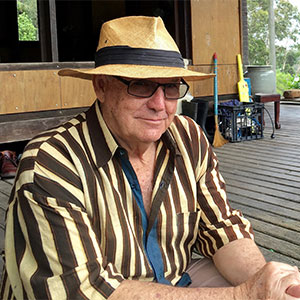
Lawrence Nield
LFRAIA, RIBA
Lawrence Nield was the 2012 Australian Institute of Architects Gold Medallist, the Institute of Architects highest accolade, and in 2007 he was honoured by Republic of France with le Chevalier de l’ordre des l’Arts et Lettres. He is a Professor of Architecture at the University of Newcastle and the Northern Territory Government Architect. Lawrence was founding principal of Bligh Voller Nield where he was responsible for many award-winning buildings including…
Learn more
the University of the Sunshine Coast Library (Sir Zelman Cowan), the Mt Druitt Hospital, the David Maddison School of Medicine, the Overseas Passenger Terminal in Sydney, St Vincent’s Hospital, the Olympic Tennis Centre, and Questacon in Canberra. He headed up the master planning team for the Sydney Olympic Games and designed major sporting venues in the Sydney, Athens, and London Olympic Games. In Beijing, he designed Olympic Tennis complex and the Rowing Centre. In 2009 Architectural Society of China, gave the Tennis complex the Grand Architectural Creation Award. He was the Chair the NSW Heritage Council from 2012 to 2015.
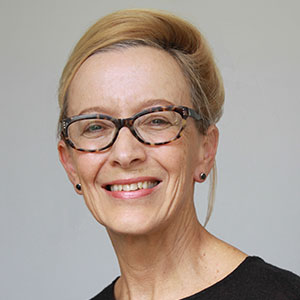
Sue Dugdale
Director, Susan Dugdale and Associates
Sue Dugdale grew up in Australia, New Zealand, Malaysia and Britain. She studied architecture at Queensland University and RMIT and worked in several practices in Melbourne before relocating to Alice Springs in 1994 where she now lives. Six years working with the Aboriginal-owned architectural practice Tangentyere Design gave Sue an appreciation of the unique cultural depth and climatic context of central Australia. Through her own practice, Susan Dugdale and Associates, started in 2000, Sue pursues a personal passion for exploring and giving form to the cultural narrative and environment of the region.
Learn
Sue has produced a body of work whose influence is notable in the fabric of Alice Springs and beyond. The work of her practice has won numerous awards, and was featured in the 2014 Venice Biennale.
Sue was an elected member of the AIA’s National Council from 2015 to 2016, and is a recent long term member of the NT Heritage Advisory Council. She has taught architectural design at various architecture schools including Melbourne University, RMIT, Deakin University and the Tasmania University of Technology.
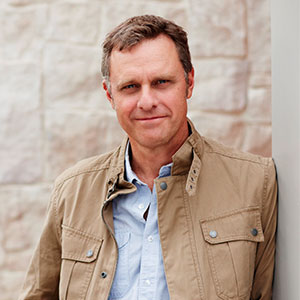
Peter Maddison
LFRAIA
Director, Maddison Architects Pty Ltd
Host, Grand Designs Australia
Peter Maddison is a multi-award-winning architect and Founding Director of Maddison Architects. He has contributed to the Australian Institute of Architects over many years, and is currently a member of the Honours Committee of the Victorian Chapter. In 2014 he was conferred the degree of Doctor of Design (Honoris Causa) by RMIT. In 2016, he was awarded the National President’s Prize by the Australian Institute of Architects for Australian Achievement in Architecture. Maddison Architects has sought to create a new and relevant architecture and has won a total of 55 commendations and awards in the Architecture design field.
Learn more
Peter is Ambassador for the not-for-profit Melbourne Open House program, the Planet Ark endorsed Environmental Edge campaign, Kids Under Cover charity, and Architects Without Frontiers.
Peter took on the role of Host of The LifeStyle Channel’s Australian production of Grand Designs in 2009. In 2011 it won two ASTRA awards, and also received Logie nominations in 2011, 2013 and 2015. Series 7 will go to air in 2017. Peter is also the Editor-at-Large for the Grand Designs Australia Magazine, and his first book, “Grand Designs Australia The Handbook” was released in late 2013.
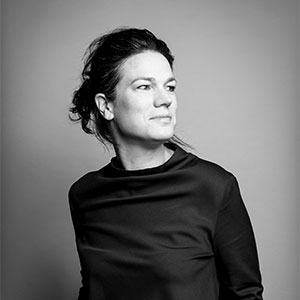
Melissa Bright
Founding Director, MAKE architecture
Mel Bright is the owner and founding director of MAKE architecture, a Melbourne based emerging practice that has already gathered a collection of diverse and highly acclaimed built work. MAKE is best known for its houses but the practice is currently working on a number of city making projects across a variety of scales and types including civic, educational and multi-residential projects.
Learn more
Mel has led the MAKE team since starting the practice in 2006. Her prior work experience has included work in the UK, Europe, South East Asia and China. A broadly based lineage of experience has allowed Mel a long gestation of the ethos that underpins MAKE today. MAKE value innovative design thinking, thoughtful material explorations, respect for heritage, deference to civic context and rigorous acknowledgement of environmental influences. A deep seated passion for design excellence has fuelled these MAKE values to widely awarded built outcomes.



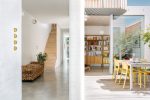
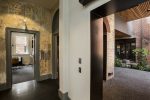
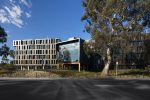



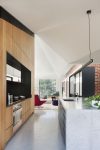


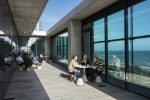

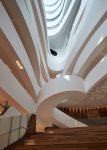




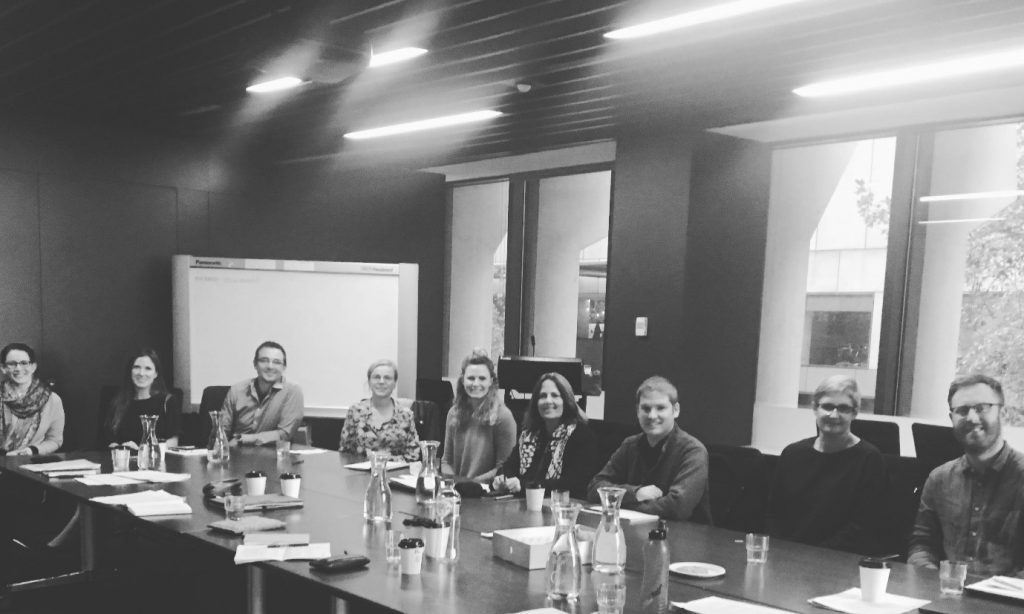 The Australian Institute of Architects National Committee for Gender Equity is continuing to work on issues that impact everyone in the profession. New and returning Committee members met in May to set the ongoing agenda for the next 12 months. New members to the committee include Kellie McGivern (WA), Genevieve Lilley (NSW/TAS), Michael Gay (WA) and Chris Major (NSW). For the first time, the National Committee for Gender Equity will have co-chairs. Michael Smith from Victoria and Kellie McGivern from Western Australia.
After three years of sustained work towards a more equitable profession, the NCGE has had impact both within and outside the Institute. As we continue to work towards a diverse, equitable and thriving profession, it is critical that we engage the wider profession.
Gender equity is not just a women’s issue. The damaging long hours culture that unnecessarily and unfairly burdens members of our profession, is everyone’s problem to address. The need for flexible working conditions to be available and ubiquitous, is something for both men and women in architecture.
If there is an equity or diversity issue that you would like the NCGE to address, you can reach out to any of our members across the country. You can also email the NCGE at
The Australian Institute of Architects National Committee for Gender Equity is continuing to work on issues that impact everyone in the profession. New and returning Committee members met in May to set the ongoing agenda for the next 12 months. New members to the committee include Kellie McGivern (WA), Genevieve Lilley (NSW/TAS), Michael Gay (WA) and Chris Major (NSW). For the first time, the National Committee for Gender Equity will have co-chairs. Michael Smith from Victoria and Kellie McGivern from Western Australia.
After three years of sustained work towards a more equitable profession, the NCGE has had impact both within and outside the Institute. As we continue to work towards a diverse, equitable and thriving profession, it is critical that we engage the wider profession.
Gender equity is not just a women’s issue. The damaging long hours culture that unnecessarily and unfairly burdens members of our profession, is everyone’s problem to address. The need for flexible working conditions to be available and ubiquitous, is something for both men and women in architecture.
If there is an equity or diversity issue that you would like the NCGE to address, you can reach out to any of our members across the country. You can also email the NCGE at